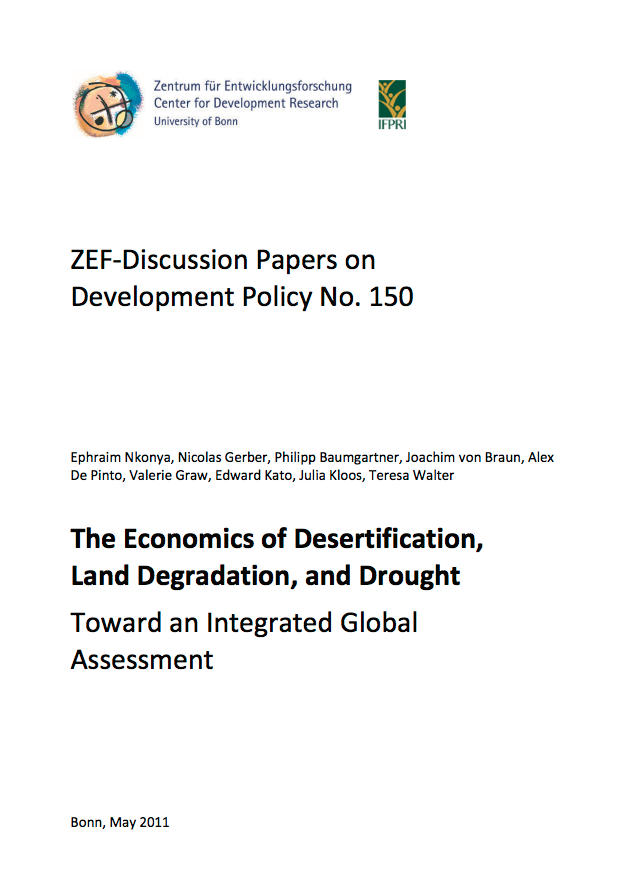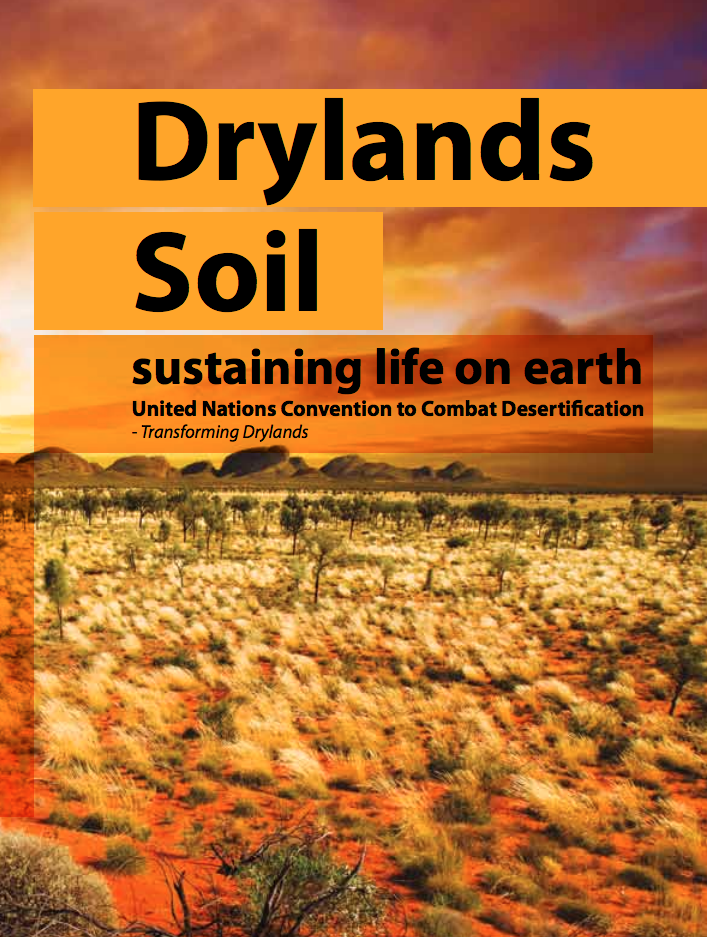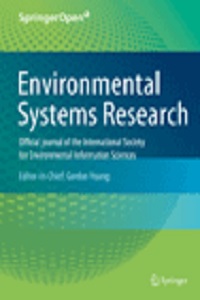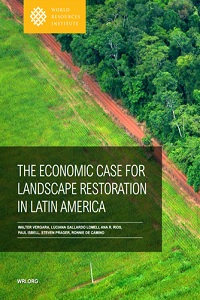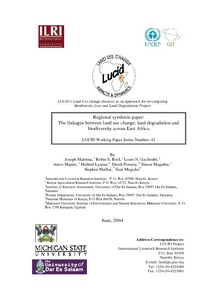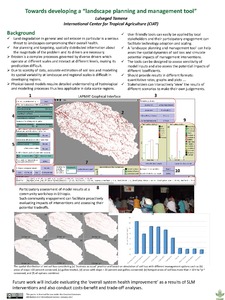Soil restoration after seven years of exclosure management in northwestern Ethiopia
Ecological restoration through exclosure establishment has become an increasingly important approach to reversing degraded ecosystems in rangelands worldwide. The present study was conducted in northwestern Ethiopia where policy programs are aiming to restore degraded lands. Changes in soil properties following establishing exclosures on communal grazing lands were investigated. A space-for-time substitution approach was used to monitor changes in soil properties after conversion of communal grazing lands to exclosures with ages of establishment ranging from 1 to 7-years.


